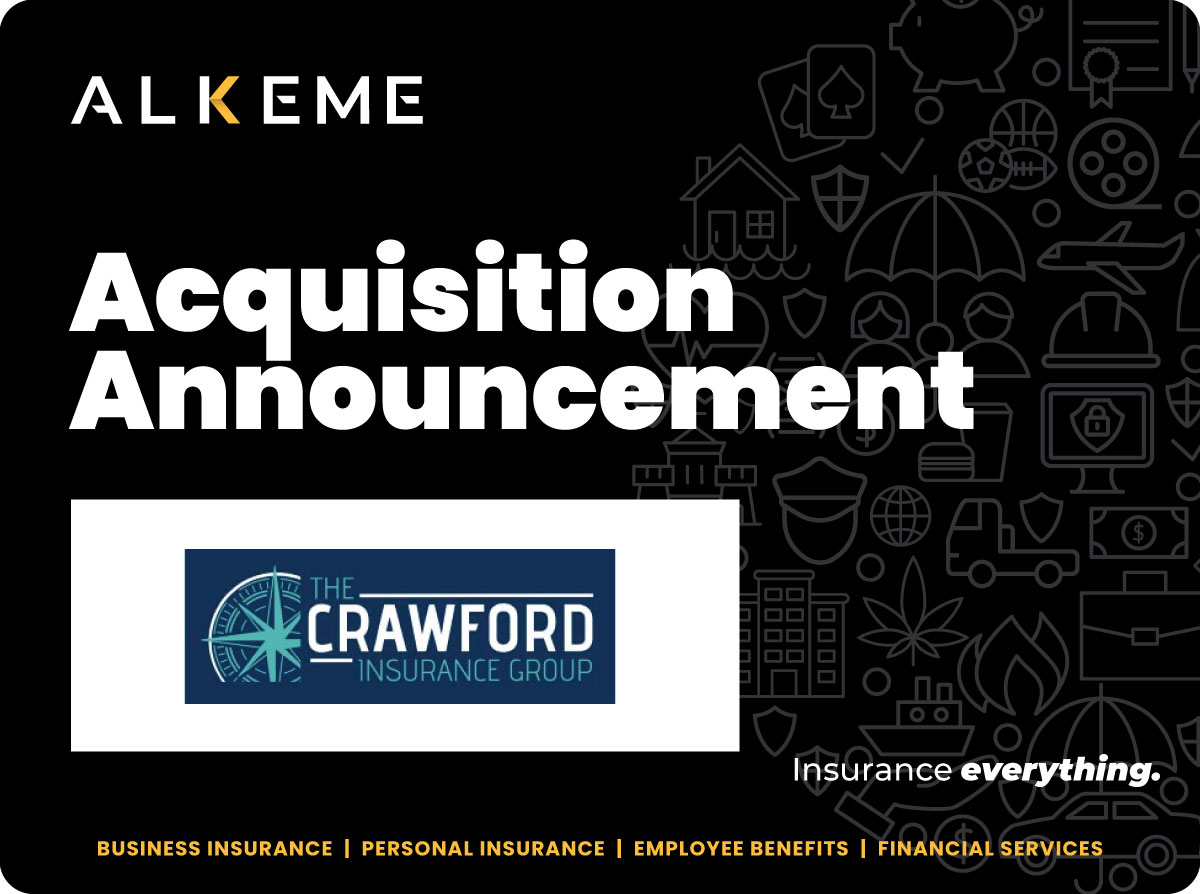Employee benefits play a crucial role in attracting and retaining talent within any organization. These perks extend beyond mere compensation and contribute significantly to an employee’s overall job satisfaction. However, as valuable as they are, the intricacies of employee benefits can often be daunting for the workforce. Understanding and navigating these complexities is key to ensuring that employees can make informed decisions about their well-being and financial security.
Many employees face challenges in comprehending the multitude of benefits available to them, ranging from health insurance and retirement plans to wellness programs. The sheer diversity of these offerings can be overwhelming, making it essential for organizations to guide their employees through the intricacies.
The Most Common Types of Employee Benefits:
- Health Insurance
- Dental/Vision
- Retirement Plans
- PTO
- Life and Disability Insurance
Health insurance is a vital financial safeguard that provides coverage for a broad spectrum of medical and surgical expenses accrued by the insured individual. This indispensable form of coverage comes in various plans, each designed to cater to different healthcare needs and preferences. Health Maintenance Organizations (HMOs), Preferred Provider Organizations (PPOs), and high-deductible health plans represent some of the diverse options available to individuals seeking comprehensive healthcare coverage. A typical employee health insurance plan goes beyond mere financial protection by offering a range of essential benefits. Inclusive of routine medical services, these plans cover crucial aspects of healthcare, such as doctor visits where individuals can seek medical advice, preventative care, and diagnosis. In the event of more extensive medical requirements, the coverage extends to hospital stays, encompassing the expenses associated with both inpatient care and outpatient treatments.
Dental insurance serves as a crucial component of overall health coverage, specifically tailored to address the expenses associated with dental care and various treatments. This specialized form of health insurance is designed to alleviate the financial burden individuals may face when seeking routine dental services or undergoing more extensive dental procedures. Dental insurance plans are structured to encompass a range of dental treatments, ensuring that individuals can maintain optimal oral health without incurring substantial out-of-pocket expenses. Comprehensive dental insurance typically includes coverage for preventive services, acknowledging the significance of regular check-ups, cleanings, and preventive measures in maintaining good oral hygiene. These preventive services not only contribute to the early detection of dental issues but also aim to prevent the onset of more severe dental problems, fostering a proactive approach to oral health.
Vision insurance is a specialized form of coverage designed to prioritize eye care and address various vision-related expenses that individuals may encounter. Tailored to safeguard visual health, this insurance plays a crucial role in making essential eye care services more accessible and affordable. The scope of vision insurance is comprehensive, encompassing a range of services vital for maintaining optimal eye health and addressing vision correction needs. One of the primary components of vision insurance is coverage for routine eye exams. Regular eye examinations are fundamental to not only assess visual acuity but also to detect early signs of eye conditions and diseases. In addition to eye exams, vision insurance often extends coverage to include the costs associated with prescription eyeglasses. This encompasses not only the lenses but also the frames, allowing individuals to choose eyewear that suits their style preferences while ensuring accurate and comfortable vision correction. Moreover, coverage for contact lenses, another popular vision correction option, is frequently included in vision insurance plans, providing flexibility for those who prefer this form of visual correction.
Retirement Plans are savings and investment accounts designed to provide financial security for employees after they retire. Common types include 401(k) and pension plans. Most employers offer 401(k) plans where employees can contribute a portion of their salary, and they may offer matching contributions. To learn more about retirement plans click here. (Link to retirement plans blogs)
Paid Time Off (PTO) encompasses vacation days, sick leave, and personal days, allowing employees to take time off with pay. Traditionally PTO offered each year to employees is 10 vacation days, or 2 weeks PTO. Employers also offer 5 days of sick leave annually. However, depending on the employer these hours may need to be accrued based on the hours worked or they are given at the start of each year. Some employers let you roll PTO over each year while others have a “use it or lose it” policy.
Life insurance provides financial protection to the employee’s beneficiaries in the event of their death, while disability insurance offers income replacement if the employee becomes unable to work due to a disability. There are a variety of different life insurance policies that can provide income replacement, debt repayment, estate planning, charitable contributions, and business continuity in the event of the death of the insured employee. Disability insurance covers a percentage of the employee’s salary in case of a disabling injury or illness.
Overall, employee benefits are a shared responsibility between employers and employees. Employers contribute to various benefits, and employees may also contribute through payroll deductions, particularly for certain types of coverage. For example, a company may only pay 90% of an employee’s healthcare premium. The remaining 10% cost will be deducted from the employee’s paycheck. The specific details of how benefits are funded can vary widely depending on the employer’s policies and the nature of the benefits offered.
The Benefits of Additional Benefits
Finding quality talent in today’s world has become increasingly difficult. When companies finally find it, it is difficult to keep the employees with the company. There are many different benefits employers can offer to attract and retain quality talent. Retaining good talent is crucial due to the significant impact it has on an organization’s success. High employee turnover not only disrupts workflow and team dynamics but also incurs substantial replacement costs in terms of recruitment, training, and lost productivity. In essence, retaining top talent is an investment in the long-term success and stability of any business. Offering additional competitive benefits is a way to invest in this success.
- Flexible work arrangements, such as remote work or flexible hours, provide employees with greater control over their work schedules.
- Offering professional development opportunities like training programs, workshops, and educational assistance encourages continuous learning and skill development among employees. This helps retain individuals seeking career growth and demonstrates the employer’s commitment to investing in its workforce.
- Childcare assistance programs, including on-site childcare facilities or subsidies, help employees with the costs of childcare. This is particularly attractive to working parents and can alleviate a significant financial burden for them.
- Employee Assistance Programs (EAPs) offer counseling, mental health support, and resources to help employees navigate personal or professional challenges. EAPs contribute to a supportive workplace culture, showing employees that their well-being is a priority.
- Profit-sharing programs and performance-based bonuses allow employees to share in the company’s success and financial achievements. It provides them with financial incentives and reinforces a sense of shared success, motivating employees to contribute to the company’s goals.
- Incorporating a diverse range of benefits beyond the basics can make an employer more competitive in attracting and retaining top talent. Understanding the unique needs and preferences of your workforce is crucial when tailoring a benefits package to maximize its appeal. Providing additional benefits to your employees will benefit any company looking to decrease turnover and keep quality talent within their organization.
Factors to Consider When Choosing Plans:
Choosing the right benefits plans requires careful consideration of various factors. The size of the company, the demographics of the workforce, and the available budget all play pivotal roles in the decision-making process. Larger organizations might opt for comprehensive benefits packages, while smaller firms may focus on targeted offerings. Understanding the unique needs of employees based on demographics ensures that the chosen benefits resonate with the workforce, fostering a positive and supportive work environment. Take a look at some of the most common factors a business should consider before selecting their employee benefits package.
- Workforce Demographics:
- Understand the age, lifestyle, and needs of your workforce. Consider benefits that align with the demographics, such as wellness programs for a health-conscious workforce or childcare assistance for employees with families.
- Industry Standards:
- Benchmark your benefits package against industry standards to remain competitive in attracting and retaining talent. Understanding what similar companies offer can help you tailor your benefits to stand out in the job market.
- Budget Constraints:
- Assess your budgetary limitations and allocate resources strategically. Determine how much the company can afford to contribute to employee benefits without compromising financial stability.
- Legal Compliance:
- Stay informed about local, state, and federal regulations governing employee benefits. Ensure that your benefits package complies with relevant laws, such as the Affordable Care Act (ACA) for health insurance or the Family and Medical Leave Act (FMLA) for leave policies.
- Employee Input:
- Seek input from employees through surveys or focus groups to understand their preferences and needs. Involving employees in the decision-making process can lead to a benefits package that is more valued and appreciated.
- Retention and Recruitment Goals:
- Consider the specific goals for attracting new talent and retaining existing employees. Tailor your benefits to meet these goals, whether it’s offering competitive healthcare plans, flexible work arrangements, or professional development opportunities.
- Flexibility and Customization:
- Provide a range of benefits that allow employees to customize their packages based on individual needs. Flexibility in benefits can contribute to higher employee satisfaction and engagement.
- Communication and Education:
- Implement effective communication strategies to educate employees about the benefits offered. Clear communication ensures that employees understand the value of their benefits and how to utilize them optimally.
- Technology Integration:
- Choose benefits administration platforms that are user-friendly and integrate well with other HR systems. Streamlining processes through technology can enhance the overall employee experience and reduce administrative burdens.
- Long-Term Sustainability:
- Evaluate the long-term sustainability of your benefits program. Consider how changes in the business environment, such as growth or economic downturns, may impact your ability to maintain the benefits package over time.
- Wellness Programs:
- Consider implementing wellness programs that promote employee health and well-being. These programs can contribute to a healthier workforce, reduce healthcare costs, and improve overall morale and productivity.
- Comprehensive Coverage:
- Ensure that your benefits package provides comprehensive coverage, addressing key areas such as health insurance, retirement plans, and leave policies. A well-rounded benefits package can attract a diverse range of candidates and contribute to employee satisfaction.
In conclusion, navigating the complexities of employee benefits requires a strategic and comprehensive approach. By understanding the diverse range of benefits available, considering key factors when choosing plans, and implementing effective communication strategies, organizations can create a well-structured benefits program that not only meets the needs of their workforce but also enhances overall job satisfaction. A well-informed and satisfied workforce is not only an asset to the organization but also a testament to the employer’s commitment to the well-being of its employees. Emphasizing the value of a well-structured benefits program is not just a business strategy; it’s a demonstration of a company’s dedication to the holistic success of its team members.




